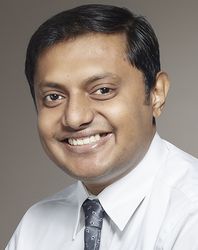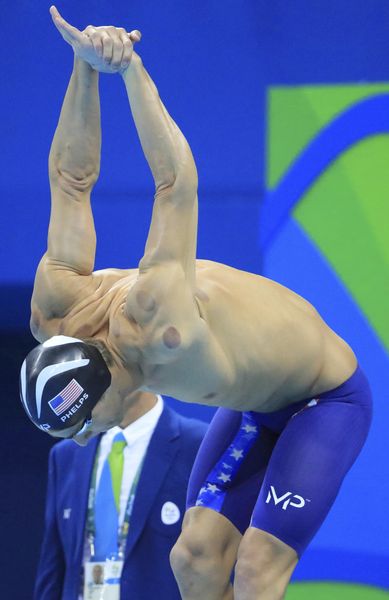Prevention is better than cure. This seems to be the golden rule in sports medicine, too. Biomechanics or the physics of human motion has tremendous applications in injury prevention and it is gaining popularity.
Biomechanics assessment can be done via naked eye or through 2D and 3D analysis, says Dr Sidharth J. Unnithan, sports medicine specialist at Aster Medcity in Kochi. “For example, in cricket, there are various fast bowling actions out of which the mixed action is considered the most dangerous because it has a high chance of causing back injuries in players thus cutting short their careers,” says Unnithan. “Using biomechanics one can analyse a person’s action and correct it before he gets injured. The focus has been on prevention of injuries rather than waiting for one to happen and then managing it.”
 Dr Sidharth J. Unnithan
Dr Sidharth J. Unnithan
Warm-up exercises, too, are a great way to prevent sports and workout injuries. “FIFA has introduced FIFA 11+, a warm-up programme to be implemented before a game by players aged 14 years and above. Studies have shown that the teams that implemented it had a 30 to 50 per cent reduction in the number of injured players,” says Unnithan.
In the event of an injury, one should protect, rest, ice, compress and elevate (PRICE) the part that is injured. “PRICE is a popular acronym used in managing sports injuries across the globe,” says Dr Sharan Patil, chairman and chief orthopaedic surgeon at Sparsh Hospital in Bengaluru. “The protocol can minimise the effect of an injury and speed up the healing process, irrespective of the type of injury or the structure injured.” PRICE involves protecting the injured area using splint or support, taking adequate rest to accelerate the healing process, applying ice on the affected region that reduces pain and swelling, applying compression for up to three days to bring down swelling and keeping the wounded region elevated, allowing gravity to drain away the fluid and reduce swelling.
 Mark of relief: Swimmer Michael Phelps at the Rio Olympics, where he used the cupping technique as a means for recovery | Reuters
Mark of relief: Swimmer Michael Phelps at the Rio Olympics, where he used the cupping technique as a means for recovery | Reuters
However, not all workout injuries can be managed by PRICE. So when should one see a doctor? Experts say that you should seek medical help if the injury has left a visible swelling, bruise or deformity to the part or you find it hard to continue your exercise regime.
New stars emerge in every sporting event. So do new treatment techniques. During the Rio Olympics, cupping came to the fore, says Unnithan. “It became viral on social media because of Michael Phelps, the Olympic swimmer who used it as a means for recovery. It is a technique where the skin is drawn into the cup, by creating a vacuum in it and then placed over the targeted region,'' he explains.
Dry needling is another technique where hollow-core hypodermic needles are inserted and released at trigger points, which helps relieve pain. K Taping is another popular rehabilitative method, where a special kind of tape is placed on the targeted region. “It provides support and reduces pain in the affected area. It is useful for athletes as well as regular people suffering from injuries,” says Unnithan.
The management of an injury depends on a number of factors, says Patil. A wide range of modern modalities are available to treat a workout or sports injury. Microcurrent therapy, using weak electrical currents, is effective for nerve and muscle pain. Then there are lasers and pulsed electromagnetic fields. “The selection of modalities will depend on the type and severity of the injury,” says Patil. “For example, a grade 3 sprain of an ankle ligament needs to be braced and managed conventionally, despite the availability of the modern modalities.”
Sports medicine, with its focus on aspects ranging from nutrition and psychology to injury rehabilitation and performance enhancement, has made giant strides in the last few years. The advancements in this branch offer great hope to those who consider fitness a way of life.







